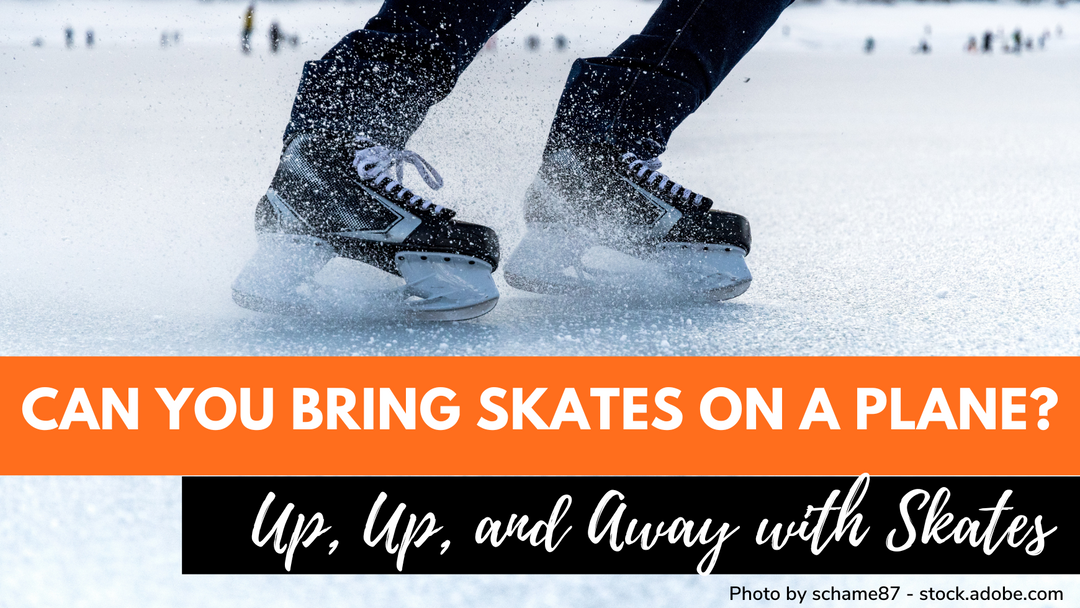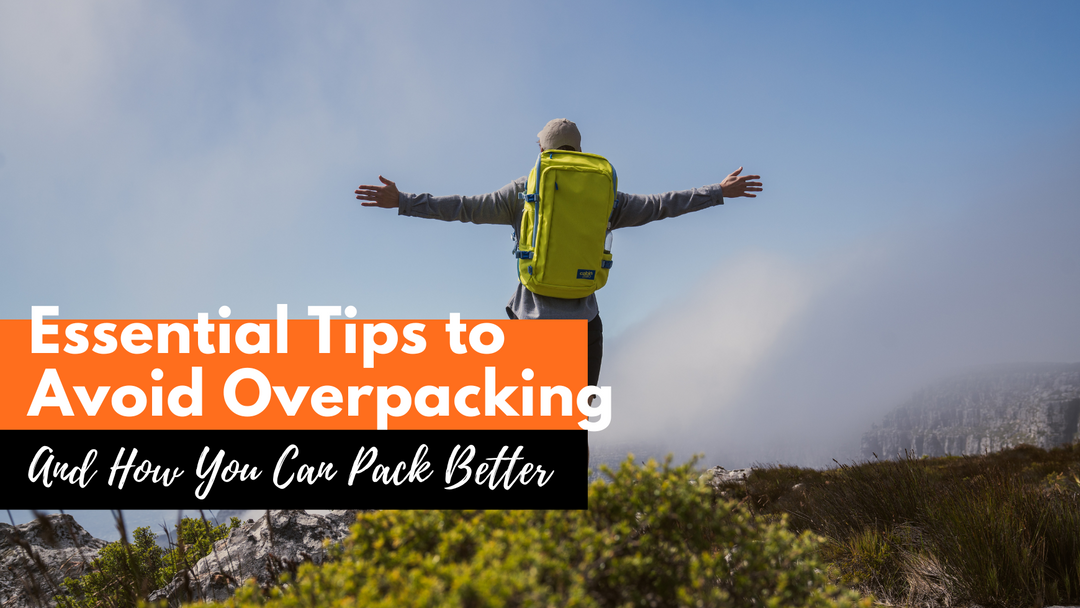Can You Bring Umbrellas On Planes: Answers For The Rainy Days
If you have ever travelled to South East Asia or any tropical area, chances are you’ve been caught in a sudden rain or downpour or two. It’s not a fun experience, isn’t it?
On the other hands, it’s uncomfortable wearing a raincoat to explore the travel destinations that are worth visiting in the rain when it’s hot and humid. An umbrella is the best solution, but can you bring umbrellas on planes?
Let us guide you to the clouds blanketing the TSA and CAA guidelines. So that next time your trusted umbrellas won’t be left behind.
1. Can You Bring Umbrellas On Planes

Here is the good news.
Umbrellas are permitted in carry-on bags and checked bags, according to TSA regulations. The GOV.UK site also confirms that they are acceptable in both hand and checked luggage. The CAA (Civil Aviation Authority) also has no restrictions on umbrellas (unless they are large “golf” type, we’ll take more about this later).
Whenever you board a plane, you are allowed to bring hand luggage (such as a trolley suitcase or backpack), hold baggage, and a personal item. Umbrellas are normally not counted toward the carry-on baggage allowance, or even as a personal item. So you can bring them alongside your luggage.
Size restrictions
As mentioned, in case your umbrella is too large, you may have to check them in. The item’s size restrictions in carry-on baggage are typically dependent on its length or diameter when fully extended. A common rule of thumb is that umbrellas should not be longer than 22-24 inches (55-60 cm).
This length limit may vary between airlines and security checkpoints. So it is best to check your airline's current rules and policies before your travel.
Some airlines let you carry your brolly in hands, while others require you to put it in your carry-on bag. Hence, if they are sticking out or unable to fit, you may have to leave your umbrellas behind.
That’s why we recommend carrying mini-sized or collapsible umbrellas. They are easier to fit within the dimensions of your carry-on bag. And don’t forget to bring a quality bag for your carry on or personal item.
Mind the tip

If possible, avoid umbrellas with point tips like this. Photo by Abhishek Yadav on Unsplash
The TSA agents may seize umbrellas with sharp and pointy tips. The reasoning is that they could potentially poke/hurt others.
Before carrying the umbrella in your carry-on suitcase, make sure that the sharp tips are properly covered (in bubble cushion, tape, socks, or wraps of any kind) or retracted to avoid any potential accidents or injuries. This not only keeps other goods in your backpack safe, but it also keeps security employees safe during the screening procedure.
Furthermore, it is critical to be aware of any unusual features that could potentially result in an umbrella being confiscated.
Certain airports or airlines may have strict rules for odd-looking or pointed handles. It is critical to become acquainted with these restrictions to prevent problems at the security checkpoint.
We recommend you check the TSA's website or contact the proper authorities to have updated information.
On checked luggage

We recommend putting your umbrella in your checked baggage to reduce worries. Photo by American Green Travel on Unsplash
Pointed ends or sharp metals are among the most common reasons why an umbrella is confiscated. However, most of the time, you’d be asked to check them in if your umbrella has unusual features or longer than 22-24 inches (55-60 cm).
The exception is when your umbrella is too long. But the length of the umbrella does not cause the deny itself, it is the length of the checked luggage.
Checked luggage that is longer than 32 inches is not permitted on some airlines. So, if your umbrella is too long that it required longer checked baggage, you might have to put both behind.
Security screening

What kind of brolly can you bring with you on your air travel? Photo by Jeremy Bishop on Unsplash
Like other goods in your carry-on luggage, umbrellas are usually subject to X-ray screening or physical inspection. To provide a clear view during the screening process, security personnel may suggest that you place your umbrella (lying flat) in a separate bin.
There is also the potential that security staff would manually inspect the umbrella to ensure its safety. This may include visually inspecting the umbrella, extending or compressing it, or looking for hidden compartments or forbidden goods. Don’t worry too much. It is just a normal screening procedure; your item is still in a safe situation.
In addition, avoid opening or using the umbrellas at the airport. Superstition asides, they could potentially hurts others even if you don’t mean it.
2. Let’s Look At Some Specific Airlines
Since the regulations and policies vary among airlines, let’s take a deeper look into some specific airlines:
Alaska Airlines
- Not counting toward the carry-on limit
- Small enough to fit in an overhead bin, under a seat, or in a luggage
British Airways
- Small foldable umbrellas are accepted
Delta
- No charge for bringing an umbrella in addition to carry-on items
Frontier
- There is no information on their official website. According to our findings, an umbrella can be counted as a personal item. It should not exceed 18” in width x 14” in length x 8” in height (45 x 35 x 20 cm).
Jetblue
- Counted as a special item and are not added to the carry-on limit
- Can be carried in addition to carry-on and personal item
Southwest
- Not counted against the TSA limit
- Southwest requires sharp objects to be appropriately covered and secured. Even though the regulations don’t refer to umbrellas, but to needles, syringes, etc. we still recommend you cover the end tip of your umbrella.
United Airlines
- Free, in addition to your carry-on and personal items
3. Tips For Travelling With Umbrellas

Pack it right to ensure a smooth flight ahead. Photo by Dusko - stock.adobe.com
Packing strategy
What we found a lot of people miss is the impact of the umbrella on your luggage. If you don’t store it carefully, your luggage's overall balance and structure might be impaired.
Generally, we recommend packing them in your carry-on as they would take up space in your checked luggage.
Another thing you need to mind is accessibility. With the right packing solutions, you can carry and retrieve your umbrella more easily on your journey.
To begin, if you intend to bring your umbrella in your carry-on bag, make sure it is in an easily accessible pocket or compartment.
This allows you to readily get it without having to sift through your items or damage the organisation of your bag. Consider using an umbrella sleeve or a side pocket specifically designed to handle umbrellas. This allows you to rapidly access your umbrella if rain showers surprise you while travelling.
On the other hand, many travel bags or backpacks have extra pockets or hooks specifically designed for umbrellas. Use these designated areas to keep your umbrella easily accessible.
For example, look for a backpack with front molle webbing like CabinZero Military. Alternatively, a pack with a water bottle pocklet like the CabinZero Classic Plus is ideal to store foldable umbrellas.
Regardless of where you store your umbrellas, remember to position your umbrella so that it does not affect other passengers.
Choose the right umbrellas

Not all umbrellas are created equal, some are easier to carry-on than others. Photo by Drobot Dean - stock.adobe.com
To do so, consider two criteria. To begin, choose a compact and lightweight umbrella. Look for versions that can be folded down to a tiny size and easily fit into your luggage or backpack.
Compact umbrellas take up relatively little space, giving you more room for other travel necessities. Furthermore, their lightweight form makes transporting them throughout your vacation simple and comfortable.
Second, put durability and windproof properties first. Travel umbrellas should be made of robust materials that can survive the rigours of travel.
To ensure endurance and robustness, look for umbrellas constructed of strong fabrics and reinforced frames. Consider umbrellas that are specifically built to be windproof.
Some types of umbrellas that are convenient to carry around are:
- Compact umbrellas
- Foldable umbrellas
- Automatic Open/Close Umbrellas.
These umbrellas have characteristics like flexible frames and ventilated canopies to assist them resist heavy winds. This prevents them from turning inside out or becoming destroyed during inclement weather.
Notes: There are some special cases that you need to be aware of:
- Beach umbrella: If you plan on carrying one of these, you actually can. However, it needs to be separated into 2 parts. The fabric part can be stored in your carry-on luggage, but the poles and stakes are only permitted in checked luggage.
- Umbrellas appear as replica weapons: As cool as they might be, you can not carry them inside planes’ cabins. Since it might cause discomfort for other passengers to look at, umbrellas like these have to be put in checked luggage.
Alternatives for umbrellas

Packing a raincoat would be much easier. Photo by supamotion - stock.adobe.com
If you don’t like what we have just suggested about choosing umbrellas, here are some other options:
Packing a raincoat or poncho is one option. When it starts to rain, these small and lightweight clothing may be simply stored in your backpack and worn.
They provide effective moisture protection without the need to carry and handle an umbrella. Raincoats or ponchos are especially beneficial when you need both hands free or when navigating crowded areas where umbrellas may be inconvenient.
Investing in waterproof coats or clothing layers is another option to consider. These items are made of waterproof materials that repel rain and keep you dry.
Waterproof jackets are useful because they can be worn as outer layers or layered over other garments. They have the advantage of allowing you to walk around freely without having to carry an umbrella.
Additionally, using waterproof pants or skirts with your clothing can improve your rain protection, ensuring you stay dry from head to toe. If your bags are not made of waterproof materials, purchase rain cover for them.
4. Key Takeaways
- You can pack your luggage in a carry-on or checked bag
- Most of the time, you can bring them for free in addition to your hand luggage and personal items
- Make sure they are neither too long nor too big (22-24 inches/55-60 cm is the magic number)
- Avoid bringing those with sharp tips for safety reasons (otherwise, cover the tips with wraps)
- Opt for mini or foldable ones to fit in your bags easier.
5. April Showers Bring May Flowers
To conclude, can you bring umbrellas on planes? Yes! However, it does not mean you can bring any type in any way you want, there are still some restrictions. If you just pay a little attention to that, we believe your next flight will not have any problem at all.
If you are unlucky and your umbrella is confiscated or denied, don’t be stressed. Almost in every airport, there will be some shops selling umbrellas, even ones from airlines.
That is why if you are not sure whether your umbrella is qualified, consider buying a new one at your destination airport. So, that would be everything about the topic of umbrellas. Fly safe and have fun on your next adventure!
Bui Hoang Hai





















Leave a comment